Grape Variety
Rulander
"roo-LAHN-der"
Wine Styles
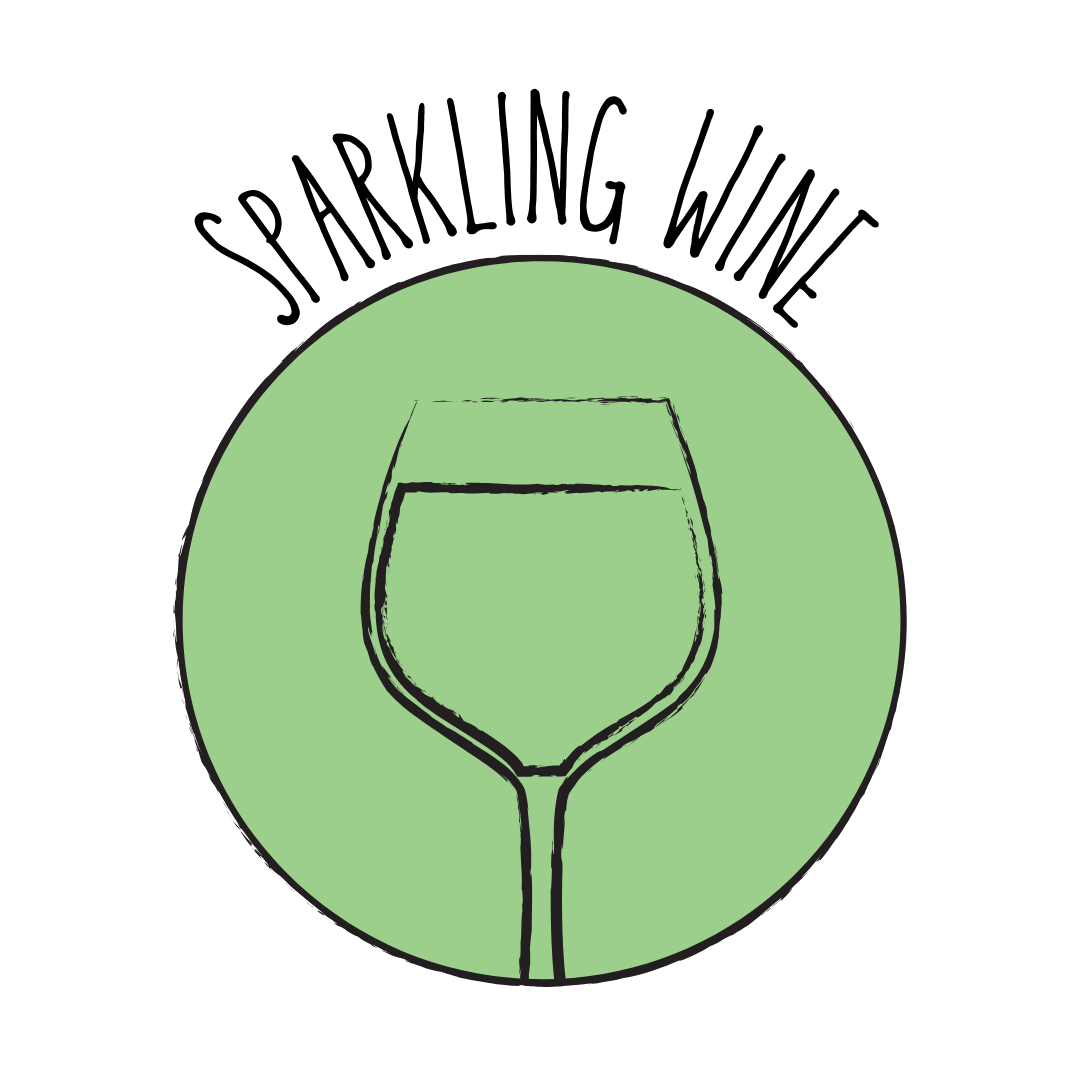 Sparkling
Sparkling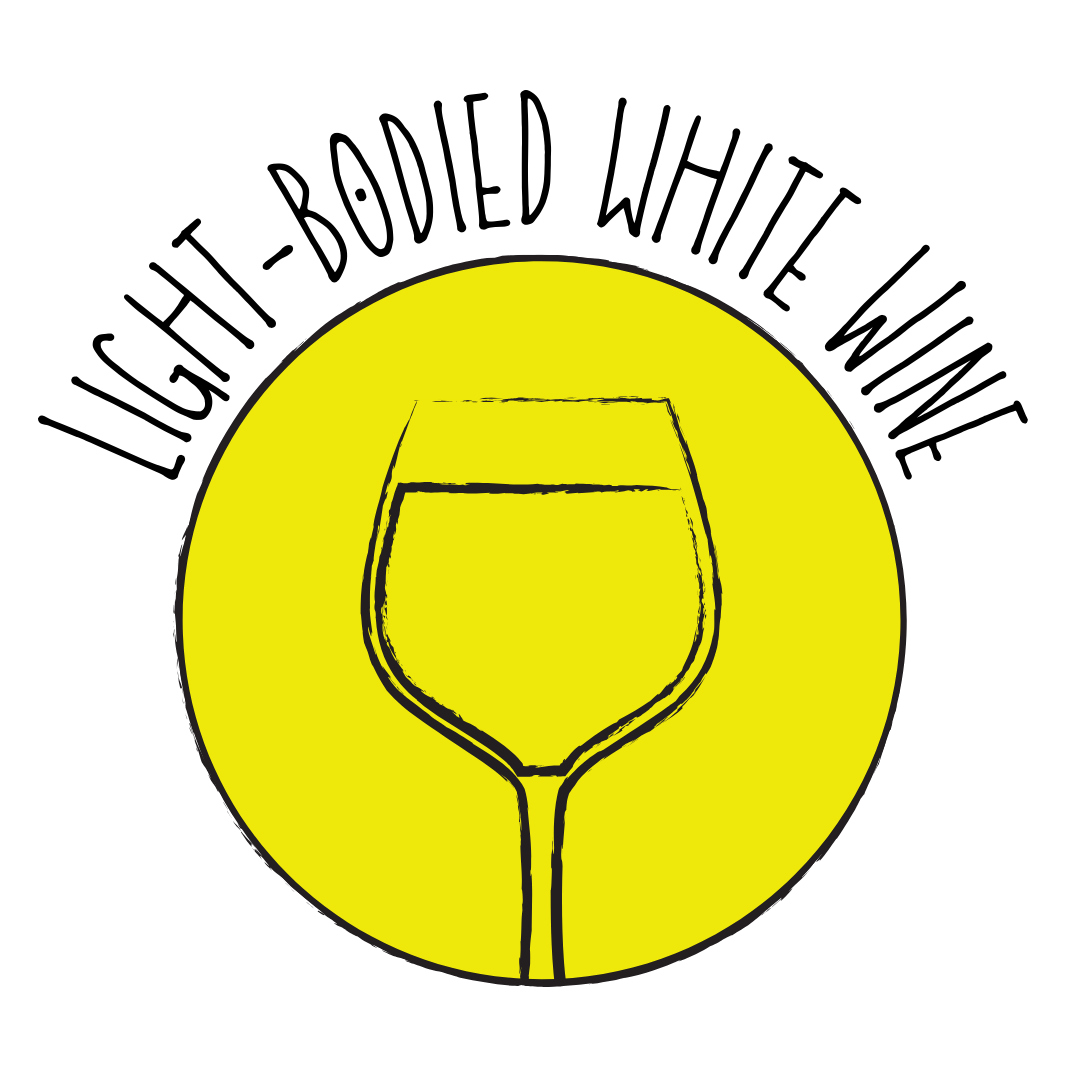 Light White
Light White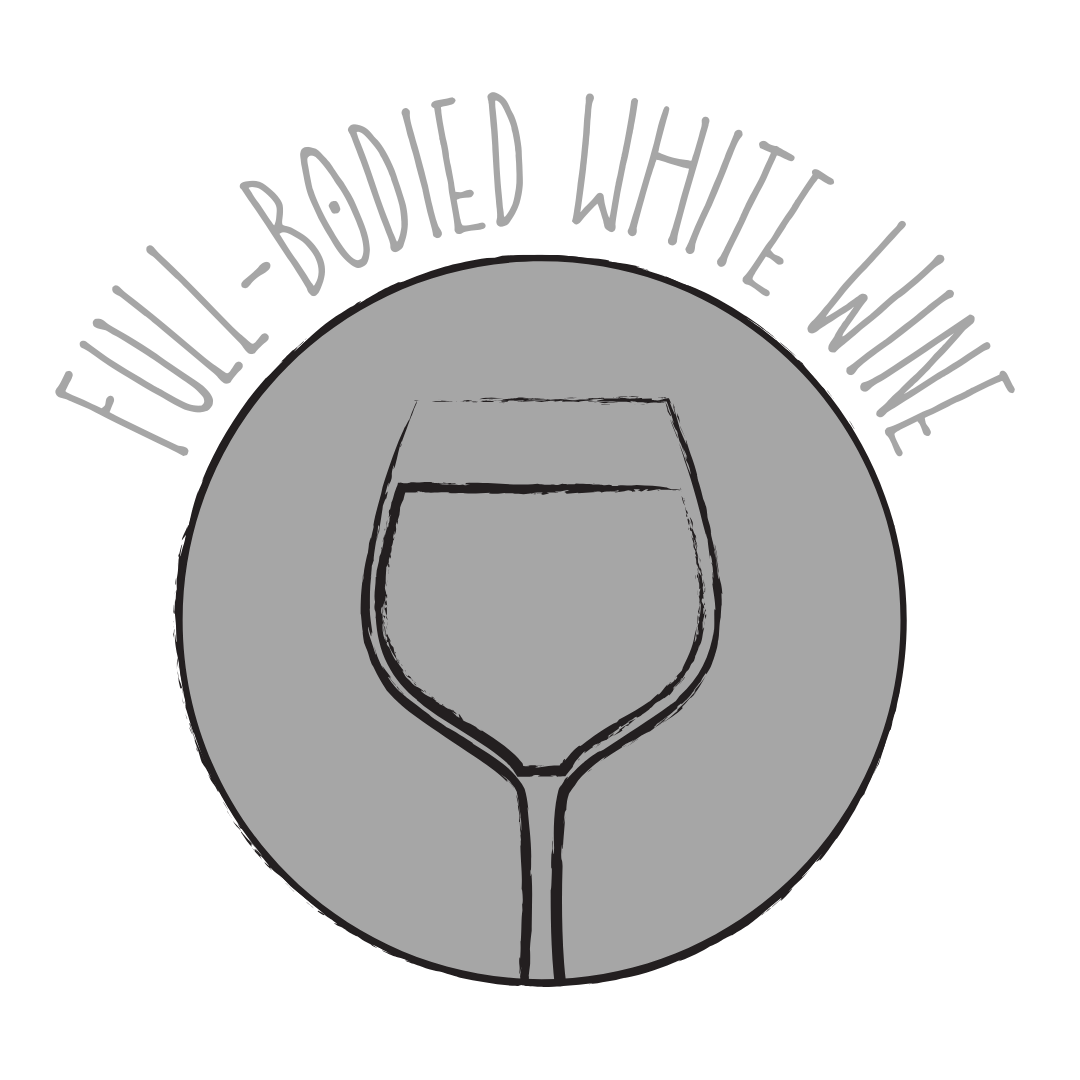 Full White
Full White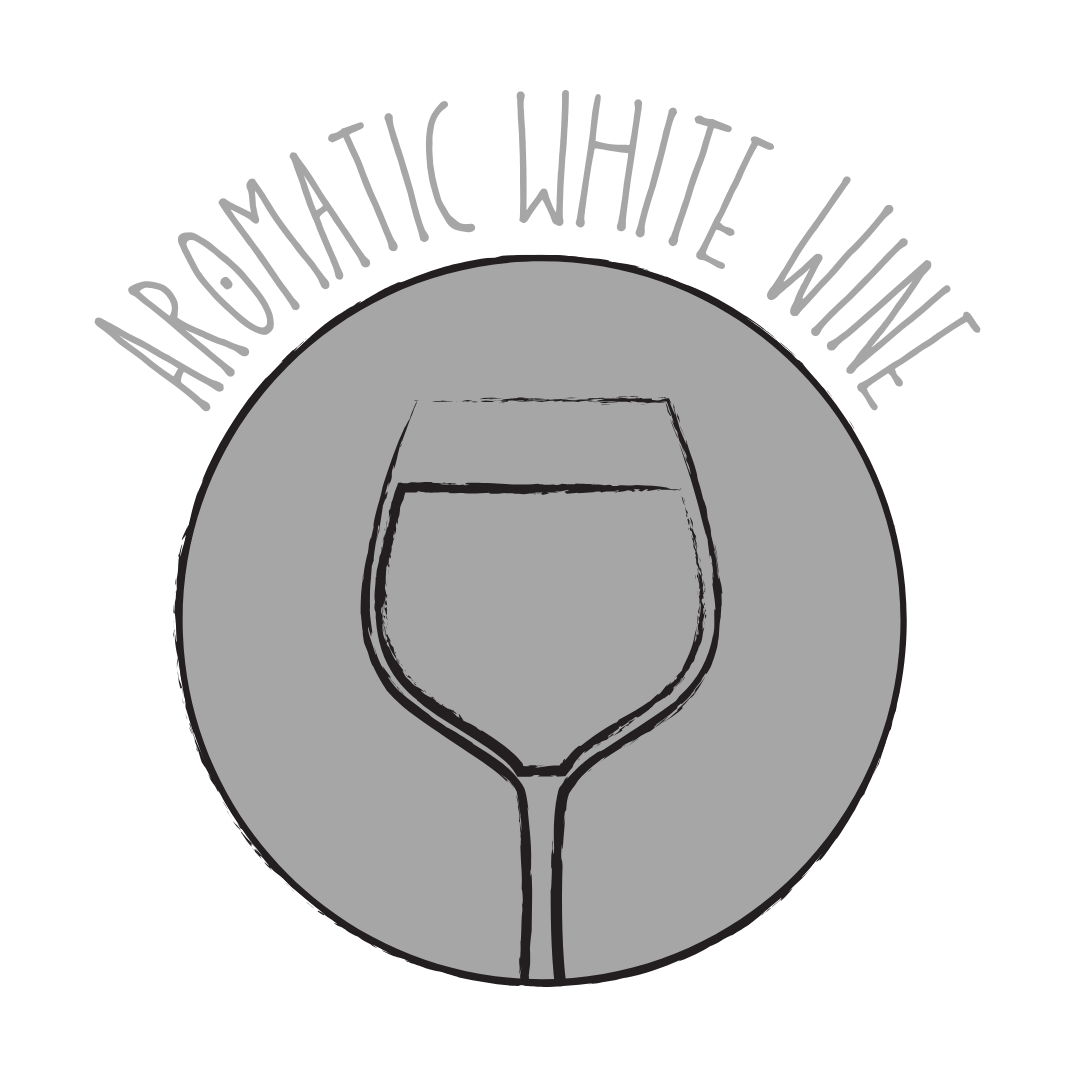 Aromatic
Aromatic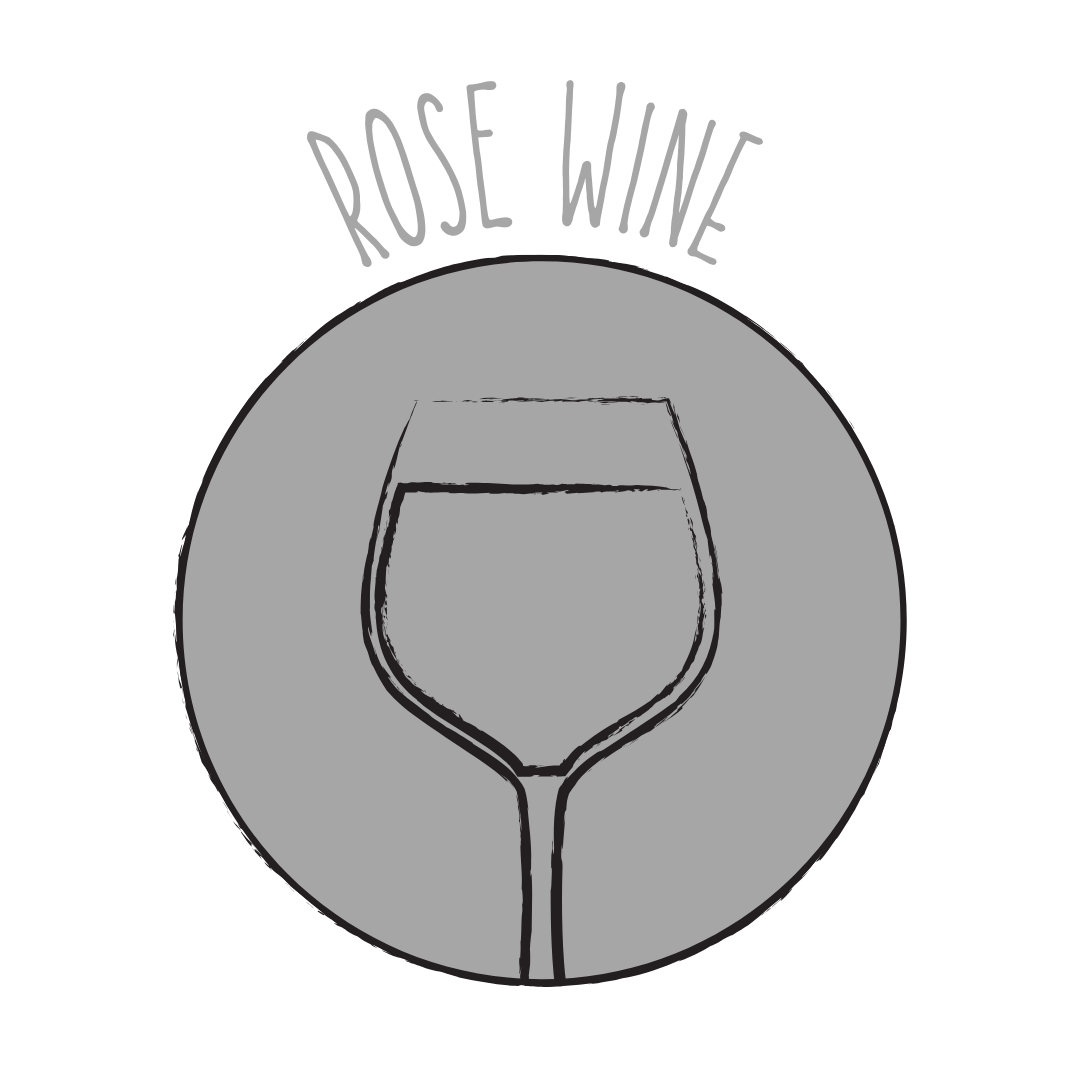 Rosé
Rosé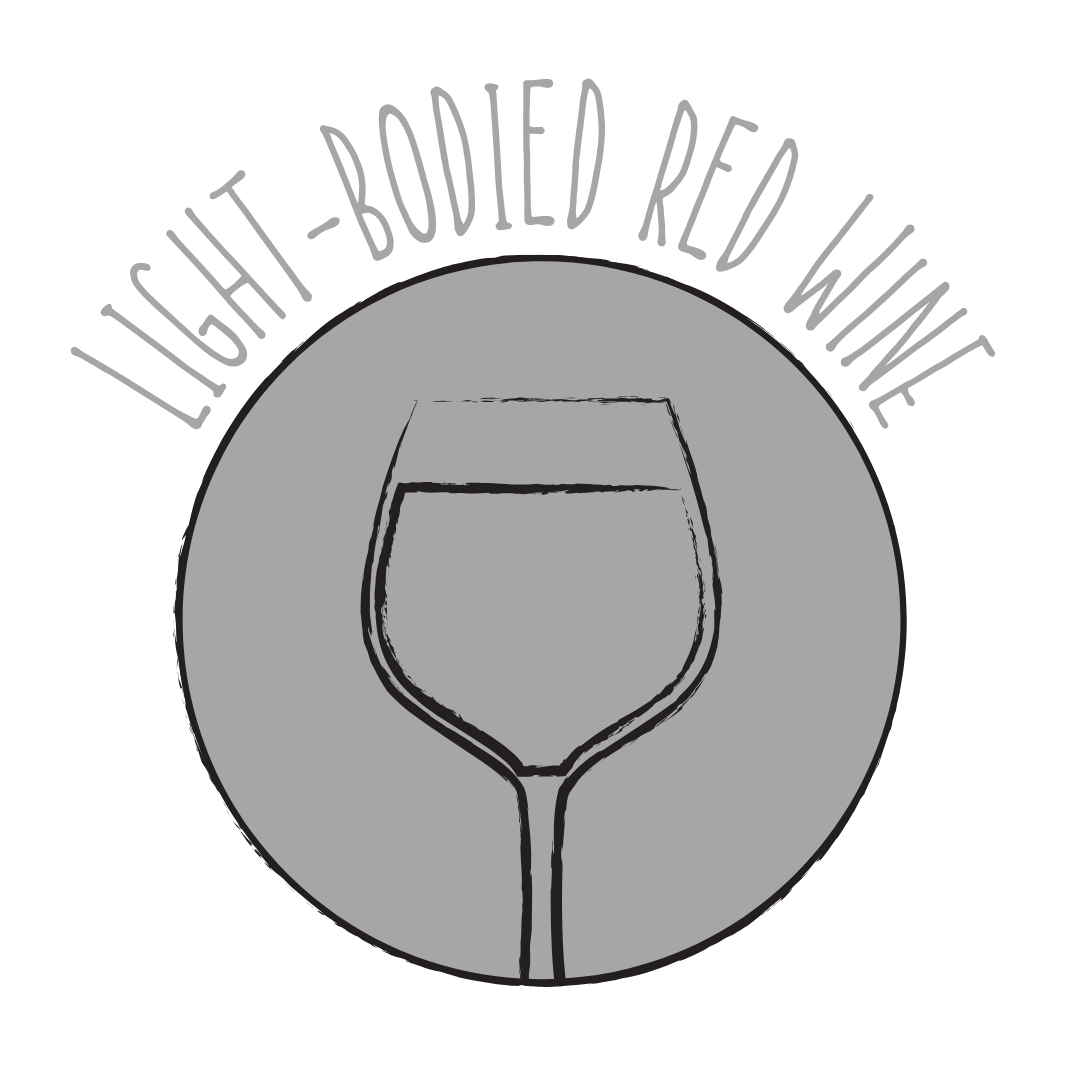 Light Red
Light Red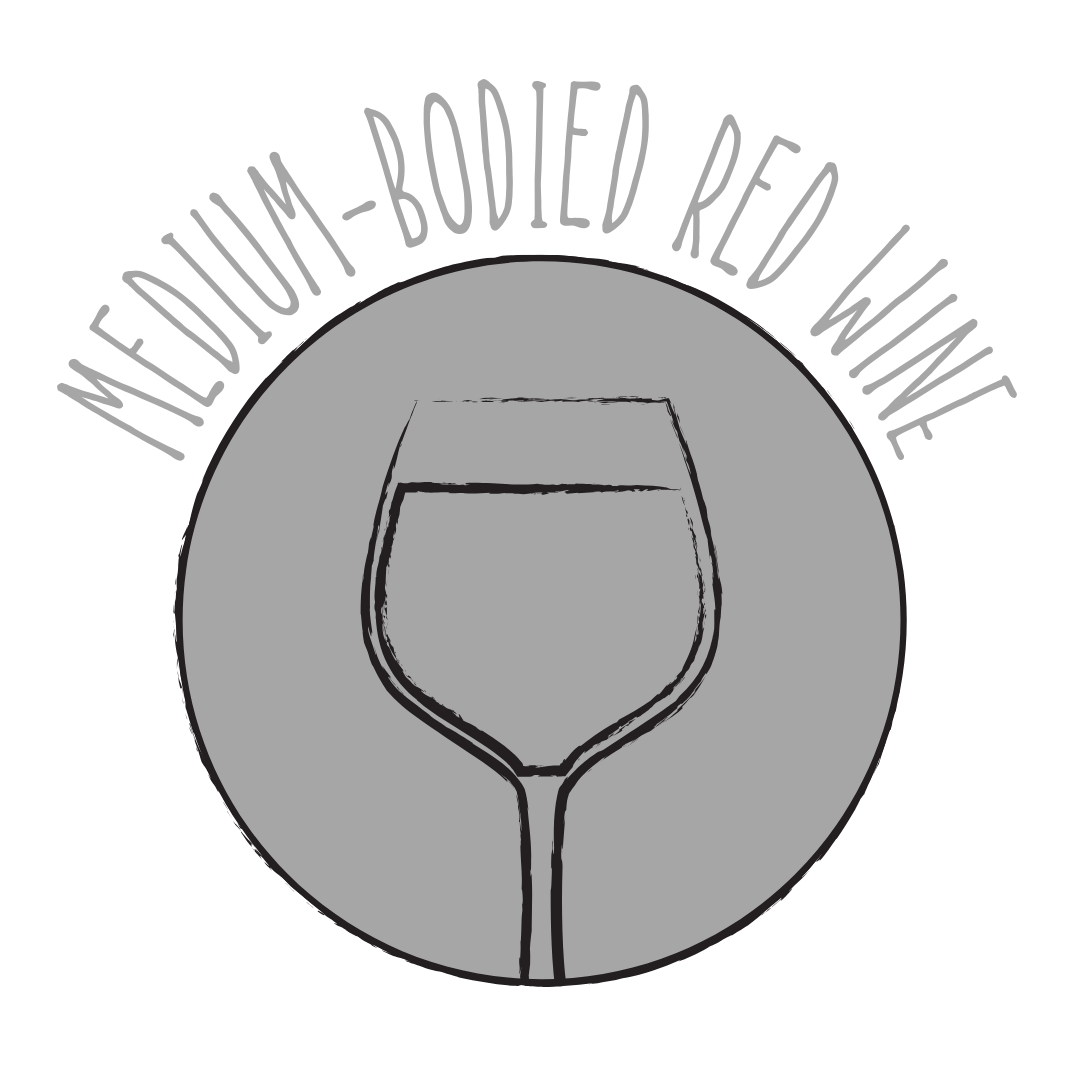 Medium Red
Medium Red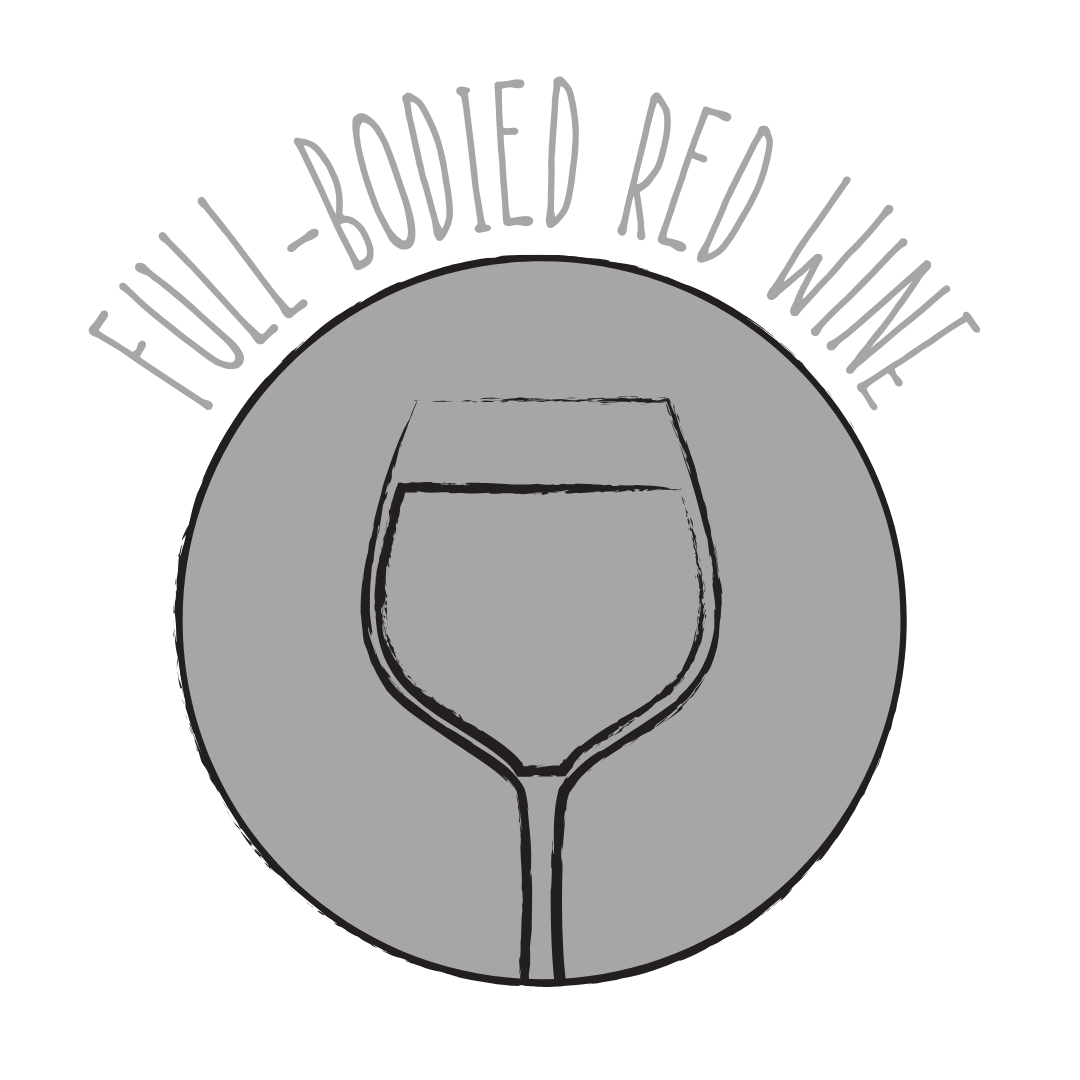 Full Red
Full Red Dessert
DessertAbout Rulander
Origin
Burgundy, France
History
Ruländer is a synonym for Pinot Gris, a white wine grape variety that originated in Burgundy, France. The name 'Ruländer' is particularly used in Germany and Austria. In 1711, a German merchant named Johann Seger Ruland discovered the grape growing wild in a vineyard in Speyer, Germany, and began cultivating it. The grape is known by various names worldwide, including Pinot Grigio in Italy and Grauburgunder in Germany. It is believed to be a mutant clone of Pinot Noir, sharing a genetic relationship with Pinot Blanc as well.
Appearance
Small, round berries with a grayish-blue to pinkish-brown hue, growing in small, pinecone-shaped clusters.
Growing Traits
Ruländer vines are moderately vigorous and thrive in cool climates with well-drained soils. The grape is early to mid-ripening and can be susceptible to botrytis bunch rot due to its thin skin and tightly packed clusters. It is often harvested late to produce sweeter wines, but can also be picked earlier for drier styles.
Wine Characteristics
Body
3/5
Sweetness
2/5
Tannin
0/5
Acidity
3/5
Alcohol
3/5
Medium to full-bodied with a rich and sometimes oily texture, depending on vinification style. Can range from dry to sweet; traditionally associated with sweeter styles, though modern versions are often dry. Negligible tannin levels, as it is a white grape variety primarily used in white wine production. Medium acidity, contributing to its balanced and approachable character. Moderate to high alcohol content, generally ranging from 12% to 14%, depending on the winemaking style.
Taste Profile
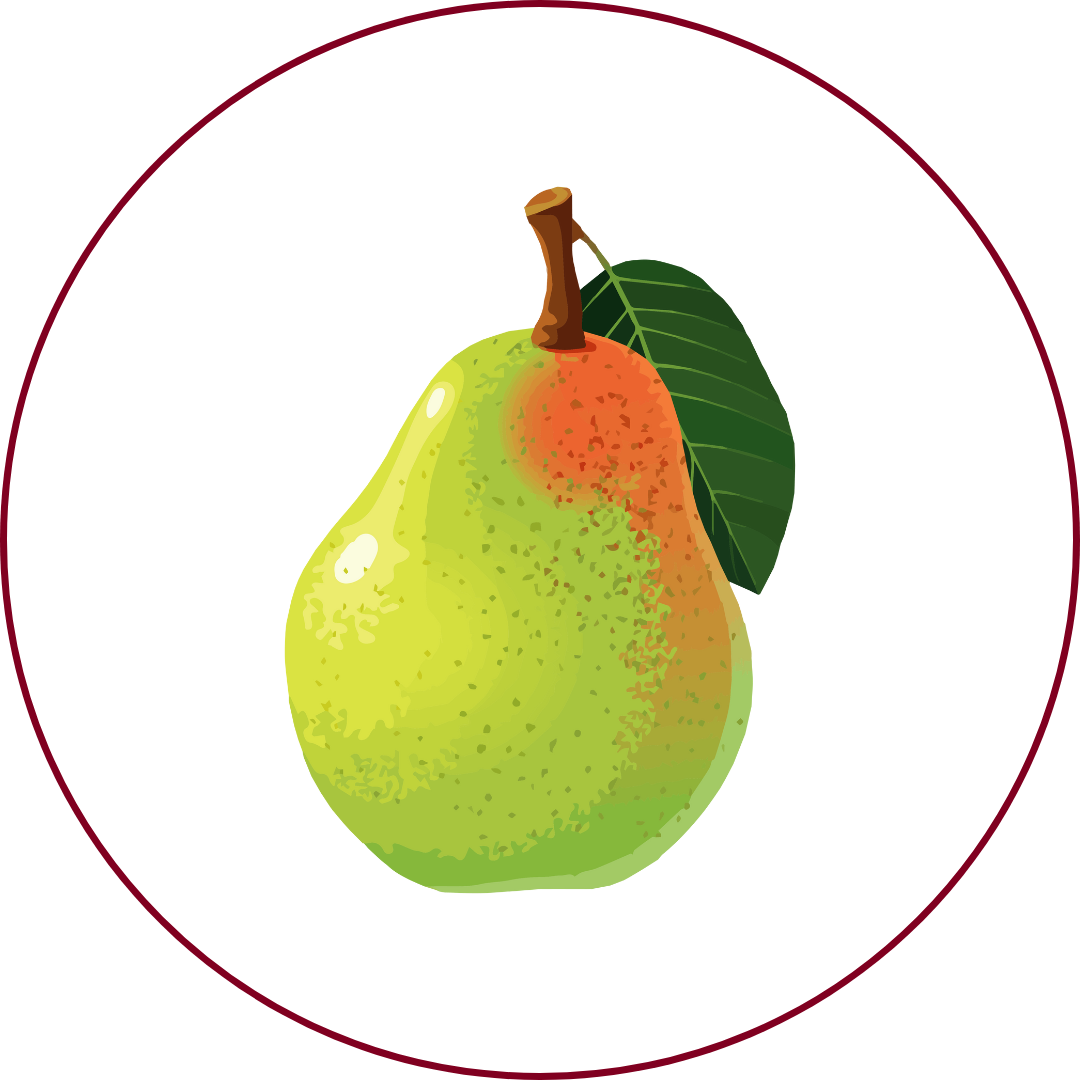
Pear

Apple

Honey
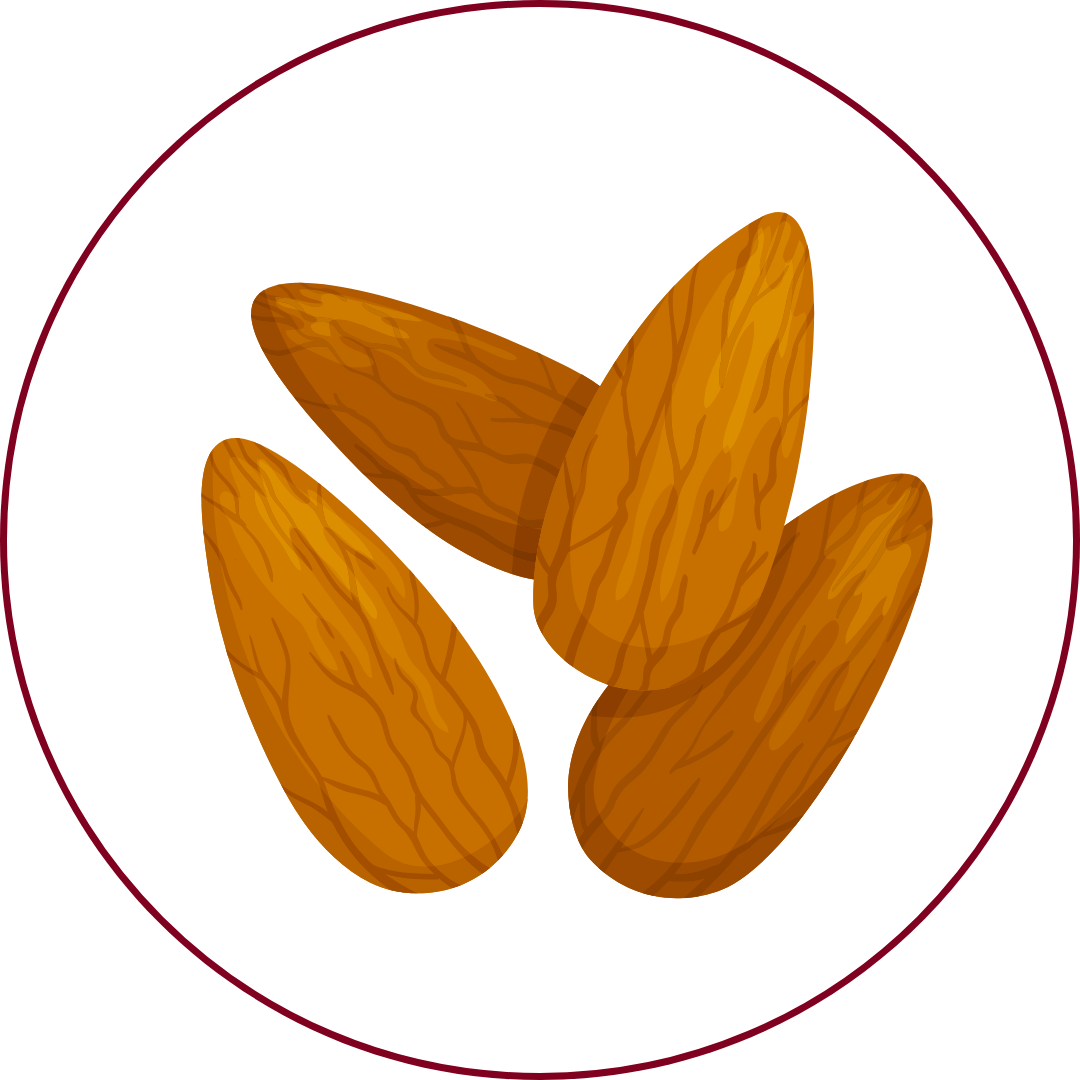
Almond
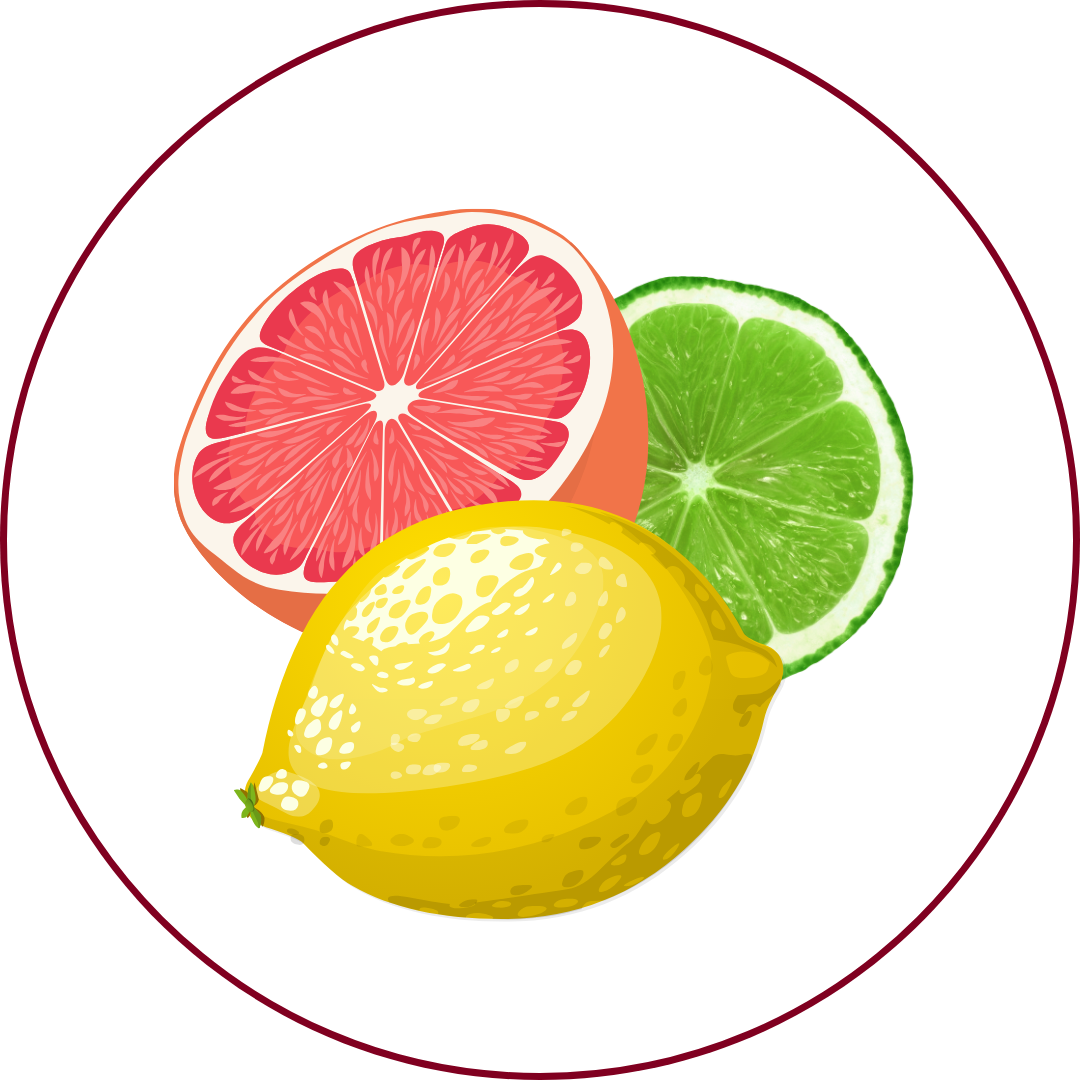
Citrus
Ruländer wines are known for their aromatic profile, featuring notes of ripe pear, apple, and honey, with subtle hints of almond and citrus. The wines often exhibit a rich, sometimes oily texture, balanced by moderate acidity. Sweeter versions may display additional flavors of dried fruits and sultanas.
Food Pairing
Ruländer wines, depending on their sweetness level, pair well with a variety of dishes. Dry versions complement seafood, poultry, and creamy pasta dishes, while sweeter styles are excellent with spicy Asian cuisine, foie gras, or as a dessert wine with fruit tarts and blue cheeses. The wine's rich texture and moderate acidity make it versatile in food pairings.
Growing Regions

Germany
BadenPfalzRheinhessenMosel

Austria
BurgenlandStyriaLower Austria

France
Alsace

Italy
Friuli-Venezia GiuliaTrentino-Alto Adige
Notable Wines & Producers
Grauburgunder Trocken
Weingut Dr. Heger
Weingut Franz Keller
Pinot Grigio Collio
Livio Felluga
Jermann
Pinot Gris Grand Cru
Domaine Zind-Humbrecht
Trimbach
Rulander FAQ
Common questions about this grape variety
What is the origin of Rulander?
+
Burgundy, France
Is Rulander wine full bodied?
+
Rulander has a body level of 3 out of 5. Which means that Rulander is Moderate bodied.
Is Rulander wine dry or sweet?
+
Rulander has a dryness level of 2 out of 5. Which means that Rulander is Semi-Dry.
Where is Rulander wine from?
+
Burgundy, France
Where is Rulander grown?
+
Rulander is grown in Germany (Baden, Pfalz, Rheinhessen, Mosel)Austria (Burgenland, Styria, Lower Austria)France (Alsace)Italy (Friuli-Venezia Giulia, Trentino-Alto Adige).
What is Rulander like?
+
Ruländer wines are known for their aromatic profile, featuring notes of ripe pear, apple, and honey, with subtle hints of almond and citrus. The wines often exhibit a rich, sometimes oily texture, balanced by moderate acidity. Sweeter versions may display additional flavors of dried fruits and sultanas.
What does Rulander pair with?
+
Ruländer wines, depending on their sweetness level, pair well with a variety of dishes. Dry versions complement seafood, poultry, and creamy pasta dishes, while sweeter styles are excellent with spicy Asian cuisine, foie gras, or as a dessert wine with fruit tarts and blue cheeses. The wine's rich texture and moderate acidity make it versatile in food pairings.
What does Rulander taste like?
+
Ruländer wines are known for their aromatic profile, featuring notes of ripe pear, apple, and honey, with subtle hints of almond and citrus. The wines often exhibit a rich, sometimes oily texture, balanced by moderate acidity. Sweeter versions may display additional flavors of dried fruits and sultanas.
Take Rulander Knowledge with You
Access detailed grape profiles, tasting notes, and pairing suggestions on your iPhone.
Download on theApp Store